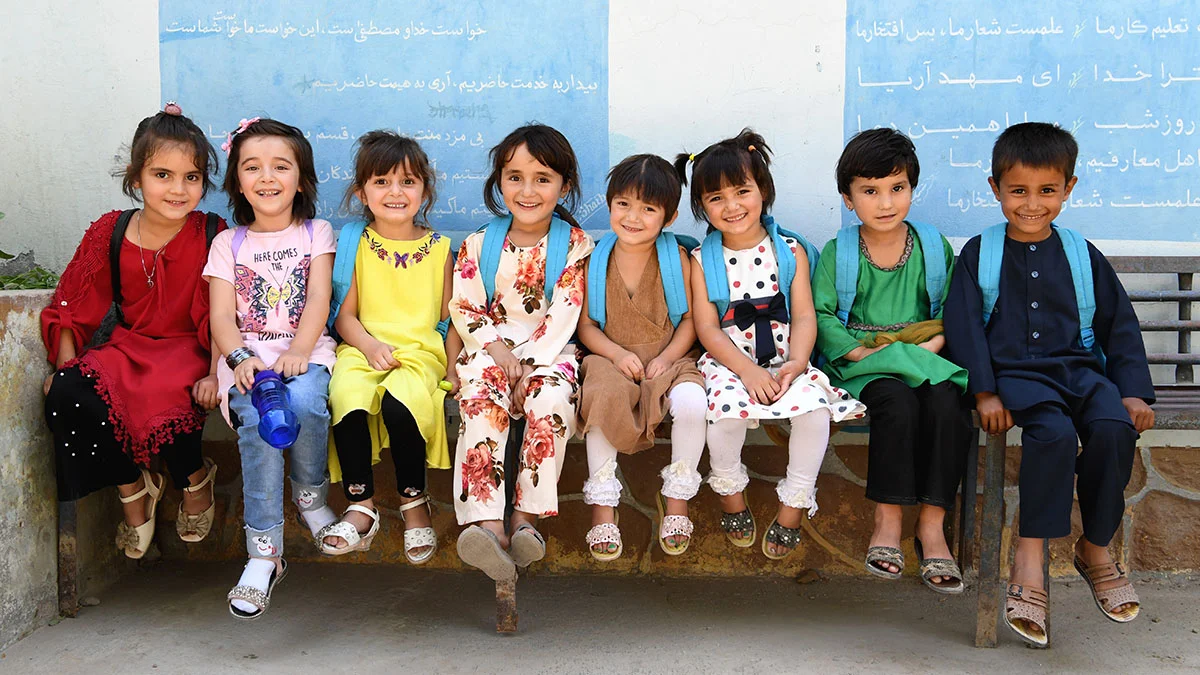Racism and discrimination are part of everyday life for many people, even here in Switzerland. To change this, we must speak openly about it with our children. We show you here how best to do that.
Racism? That’s in the past! That’s the initial reaction of many people. And indeed, overt racism isn’t something that many people encounter these days. However, covert racism is still widespread in the form of disparaging glances or discriminatory thoughts. This structural racism is deeply anchored in society, as a study by the FDHA’s Service for Combating Racism reveals.
But this can be changed. It will take time and, above all, a willingness to discuss uncomfortable topics. We cannot solve problems if we are unwilling to talk about them. Racism thrives in silence. The following tips show parents how to help their children combat racist behavior and stand up for the right of all people to be treated with dignity and respect.
1. Take a closer look at your own conduct.
The first step is also probably the hardest: examining your own behavior. Our children observe us and may adopt your thoughts and behavior as their own. Ask yourself where you might still harbor racist ideas in your mind. Recognizing these tendencies is the first step in overcoming them.
2. Listen and explain
To your child, racism may be an abstract term. But even young children understand the concept of fairness. Racism is a system of injustice, in which people who come from other places are treated unfairly. This is wrong, and we must all work towards correcting this.
Let your child speak their mind, and take time to think over your answer before you speak. If you don’t know something, admit it. Maybe you and your child can find the answer together?
3. Encourage your child to ask questions
All children have questions about differences – ethnic backgrounds, skin color, etc. If you as parents feel uncomfortable discussing such things, your child will notice. They learn not to ask. It is important that your child learns tolerance and dealing with unfamiliarity naturally. Children are not “color-blind”. They are much more likely to have learned at an early age not to speak about differences.
Listen closely to your child and take their questions and thoughts seriously. Be respectful and do not laugh in response to what they say or ask. Do not judge your child for saying something racist. Instead, try to understand why you child said it, and explain why this statement is racist.
4. Celebrate diversity
Explain to your child that people are different. That the color of people’s hair, skin and eyes depends on the amount and type of melanin they have. Some people have more melanin in their skin than others. Help your child develop the vocabulary they need to talk about what they see. And explain that these differences say nothing about the nature or character of any person.
5. Acquire knowledge
Read books on racism together. Choose stories with heroes and heroines from other cultural backgrounds than yours, and expand your own knowledge through books on anti-racism.
Also, talk to your child about what they see on the news or in social media, and discuss these things together. Ask your child what they think without judgment, and try to offer a different perspective if needed.
6. Show your child what it means to be an ally
Being an ally means caring about other people, supporting them and standing up for them. Be an example for your children! Teach your children to be witnesses: if, for example, they see a classmate being bullied because of their origin, they should speak up. Likewise if they hear someone make a racist joke or comment.
It is important to fight against injustice. All children deserve to grow up in a world where they are safe and protected.
